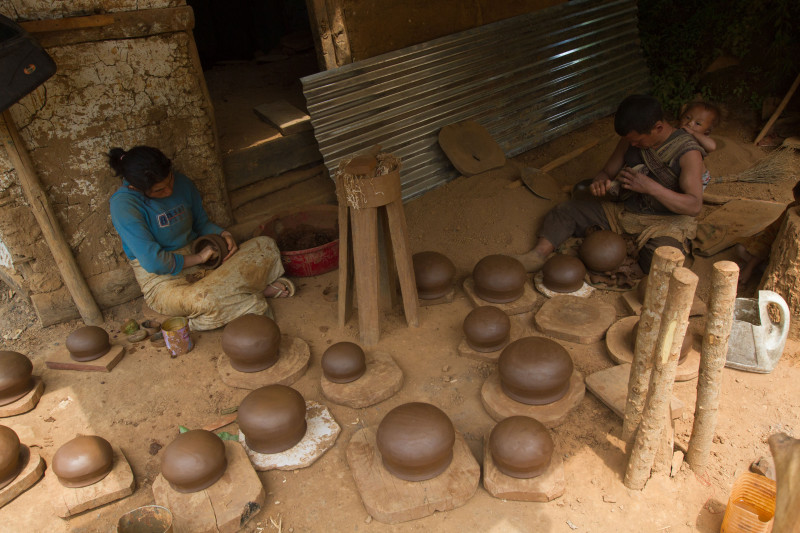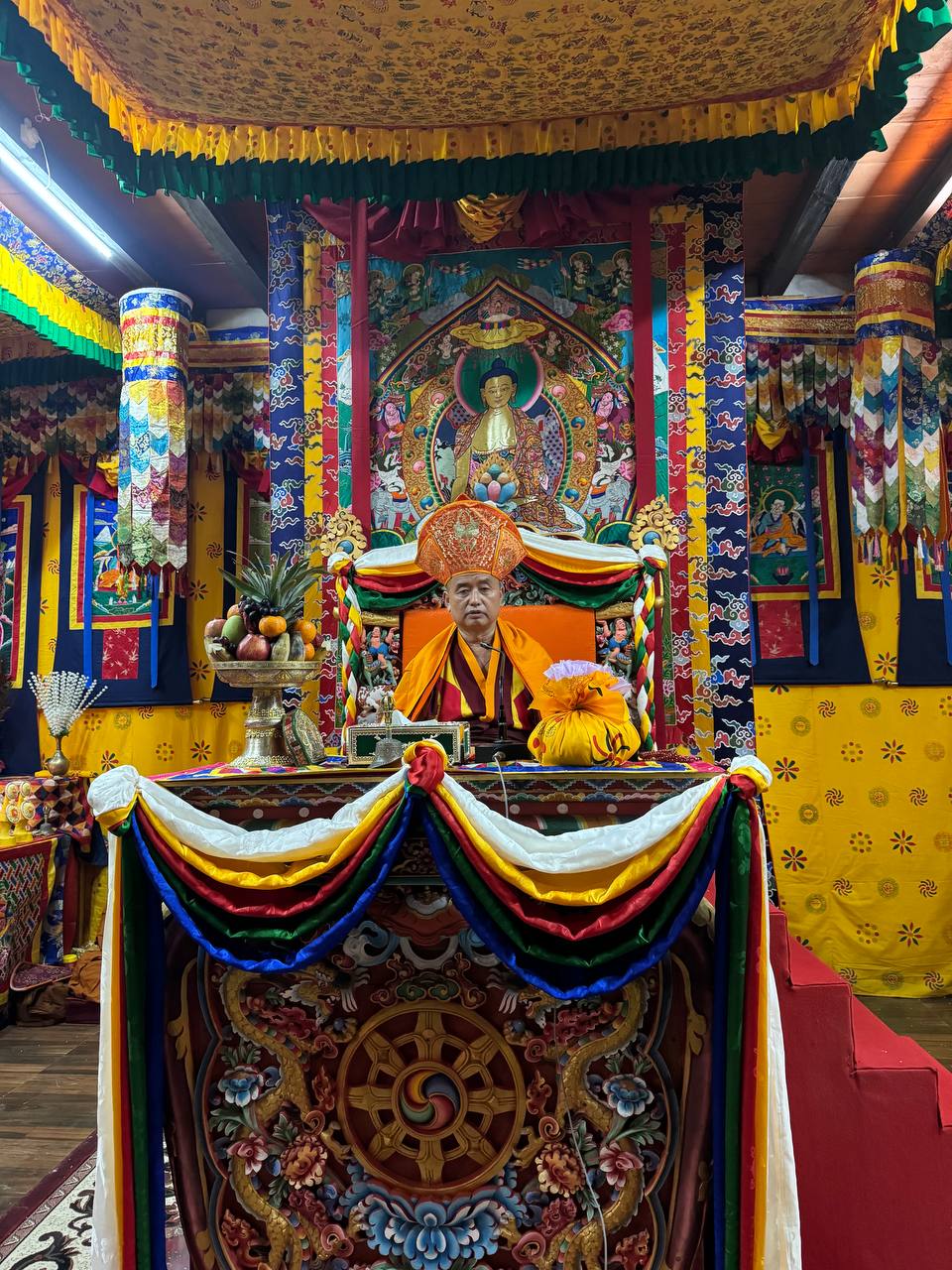Visit to the Pottery Centre in Langthel, Trongsa (one day trip combined with visit to Samcholing Tea Garden) A day trip to visit the Pottery Centre in Langthel, located about 1 hour and 30 minutes drive towards south of Trongsa, offering a unique cultural experience. Founded by Her Majesty the Queen Mother Ashi Dorji Wangmo Wangchuck with the support of the Tarayana Foundation, the Pottery Centre aims to preserve the ancient craft of pottery and support the local Monpa (Indigenious) community. For more information click here on the pottery.
Key Features:
1. Founding Purpose:
2. Cultural Significance:
3. Visitor Experience:
A trip to the Pottery Centre in Langthel not only enriches your understanding of Bhutanese culture and traditions but also directly supports the local community, making it a meaningful and memorable part of your visit to Trongsa.




Samcholing Tea is a distinctive product from the small community of Samcholing Village in the Trongsa District of Bhutan. This tea is noteworthy for several reasons, including its organic cultivation, historical significance, and its role in supporting the local community.
Key Features:
1. Organic and Pristine Environment:
2. Historical Significance:
3. Community Impact:
Samcholing Tea represents not only a high-quality, organically grown product but also a vital source of income and pride for the Samdrupcholing community, making it a cherished gift from the Second King and a symbol of Bhutanese heritage.
The offering of butter lamps holds significant importance in Bhutan's daily rituals, symbolizing the light of wisdom and knowledge to eradicate the darkness of ignorance. The physical darkness represents the inner darkness of ignorance, while the butter lamp symbolizes the inner light of wisdom and knowledge. Traditionally, these lamps were made from cow butter, but vegetable oil is also used today. Guests can participate in a 1-2 hour program at the Willing Village Monastery, where they can witness and partake in the lighting of a thousand butter lamps. This beautiful and symbolic ceremony provides a profound experience, emphasizing the importance of wisdom and enlightenment in Bhutanese culture.



In Bhutan, the hoisting of prayer flags is a common and deeply significant practice, often seen adorning hilltops, mountain passes, and river bridges. This ceremony is a profound way to pray for long life, happiness, and luck for oneself and others.
Program Highlights:
Significance: This ceremony not only allows participants to engage in a meaningful cultural and spiritual activity but also fosters a sense of community and collective well-being. The prayer flags are believed to carry the blessings and prayers with the wind, spreading positive energy and good fortune far and wide.
As the keepers of tradition and culture, Bhutanese monks in Trongsa Dzong begin their day with meditation and morning prayers as early as 3-4 am. These sessions include group chanting, musical chores, and ritual offerings for deities, lasting for 2-3 hours in morning as well as in evening. Guests are welcome to participate and witness these morning prayers and rituals in the temples of Trongsa Dzong. This offers a unique opportunity to experience the cultural and diverse monastic way of life, gaining insight into the spiritual practices that are integral to Bhutanese culture. More details of Bhutanes Monks click here




Palden Lhamo's origins can be traced back to the 8th century CE in Tibet. She is often associated with the legendary Tibetan king, Songtsen Gampo, and his efforts to unify Tibet. According to popular belief, Palden Lhamo was originally a human queen named Lhacham Mandarava, who became a fierce protector deity after her death. Legend has it that Lhacham Mandarava was a devoted practitioner of Tibetan Buddhism and a consort of King Songtsen Gampo. After her passing, she was believed to have become Palden Lhamo, a guardian of the Dharma. This transformation highlights the belief in the divine and transcendent nature of certain individuals who attain enlightenment. We can organize a program for guests to witness and participate in prayers and offerings dedicated to Palden Lhamo in her sacred temple inside Trongsa Dzong. This 1-2 hour program includes prayers, rituals, mantras, and praises to Palden Lhamo, asking for her protection and blessings to overcome obstacles and achieve goals for oneself and all beings.
Click here for more details of Female deity Palden Lhamo.
In the ancient Sanskrit language of Hinduism and Buddhism, mandala means “circle.” Traditionally, a mandala is a geometric design or pattern that represents the cosmos or deities in various heavenly worlds. “It's all about finding peace in the symmetry of the design and of the universe,” says artist Saudamini Madra.

Copyright © Willing Resort 2024. All Rights Reserved.